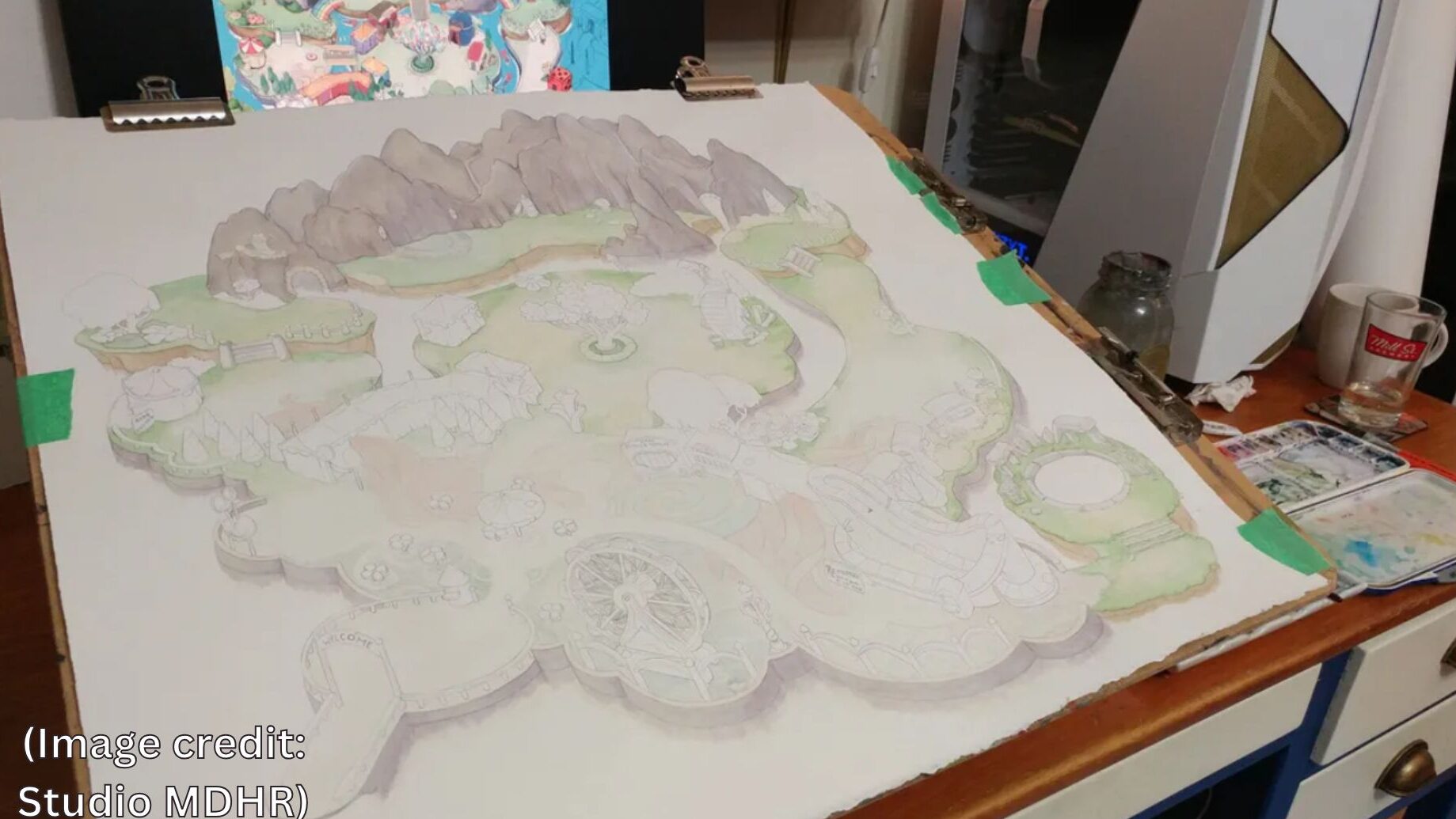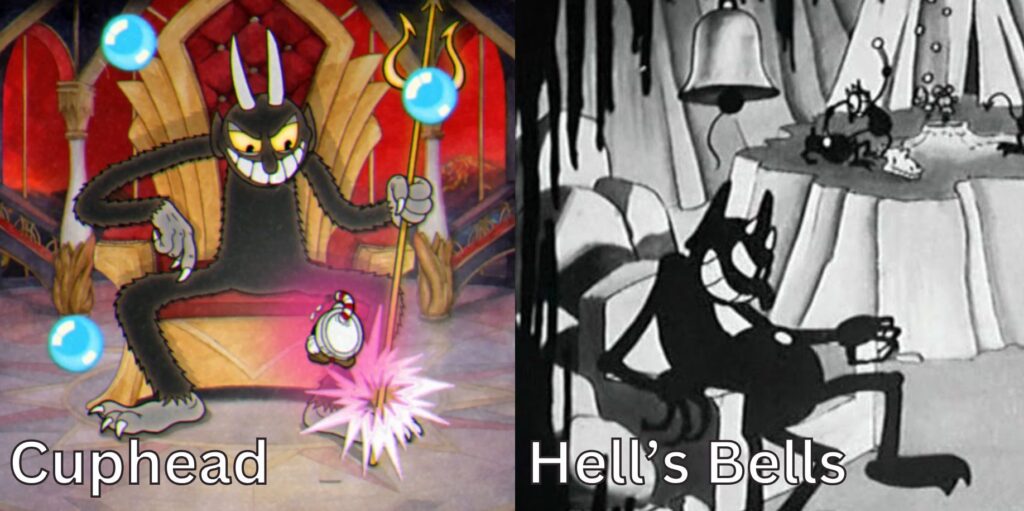
The Cartoon Hall of Fame marks the 1930s as the rise of sensational animated characters such as Betty Boop, Oswald the Rabbit, and the renowned Mickey Mouse. As time faded away some of these characters, the Moldenhauer brothers were working on a new concept to preserve the 1930s animation style. Their development would bring a classic animated design to the medium of video games and be named after the loveable troublemaking hero, Cuphead.
Beginning its development in 2013, Studio MDHR’s run-and-gun game features Cuphead, a cartoon figure with a teacup head and a signature red outfit, and his brother Mugman, a similar-looking character with a mug-shaped head and a matching blue outfit. The game follows the brothers’ journey to pay back a hefty debt to the Devil after a rough night in the casino. To do so, Cuphead and Mugman must collect the souls of runaway debtors to settle their deal with the Devil.
Breaking the Code…
Cuphead and Mugman’s journey features various whimsical bosses to battle. From a giant hypnotic carrot to the Devil himself, the world does not limit itself to cups and kettles. Cuphead’s ink specialist Marija Moldenhauer explains in “The Making of Cuphead…” by Josh West that the development of these bosses was inspired by the pre-Hays Code era of animation.
First adopted by major studios in 1930, the Hays Code set guidelines for broadcasted films, regulating their use of profanity, violence, obscenities, sexuality, and other actions declared immoral during that time. For cartoons, the Hays Code meant a restriction on scenes that suggested any influence of drug use, displayed unsettling, demonic monsters, sexualized characters, or applauded graphic violence. Studio MDHR celebrates the creative freedom of the Pre-Hays Code era by creating an adventurous yet unsettling world with characters that feel almost hallucinogenic.

From Paper to Pixel…
However, the artistic success of the game was not accomplished easily and the Moldenhauer brothers weren’t taking any shortcuts. Marija Moldenhauer explains in West’s article that each hand-drawn frame was animated at a rate of 24 frames per second, the traditional frame rate of cartoons, rather than the typical 60fps used in videogame animation. The frames were then looped to reach the 60fps speed, resulting in around 50,000 hand-drawn frames in the game’s completion. After each frame was drawn, colored, and inked on paper, they were digitally scanned to be Photoshopped and developed into the game.
The Inspiration Behind the Bosses…
The Moldenhauer brothers credit a majority of the game’s inspiration to the cartoons “Bimbo’s Initiation” and “Swing, You Sinners!” by Fleischer Studios. However, some bosses have a remarkable resemblance to specific 1930s cartoon characters. Inspire’s article “The 1930’s Toons that Inspired Cuphead” features several side-by-side photographs from the game with their cartoon doppelgangers. The Cuphead boss Wally Warbles features the same red head, blue body, and yellow feet as Rokh the bird from “Popeye the Sailor Meets Sindbad the Sailor.” The Devil, the final boss of Cuphead, resembles a nearly identical art style to the devil featured in the 1929 cartoon “Hell’s Bells.”

Want to Learn More?
Despite the few characters who resemble existing cartoons, the Moldenhauer brothers have created a world of unique and detailed bosses to battle. In March 2020, Studio MDHR allowed its players to uncover the behind-the-scenes of their favorite fully hand-drawn game by releasing The Art of Cuphead, the story behind the studio’s artistic development. Although the game takes its inspiration from the 1930s, Cuphead is a unique work of art that connects the traditions of animation to the modern age of video games.